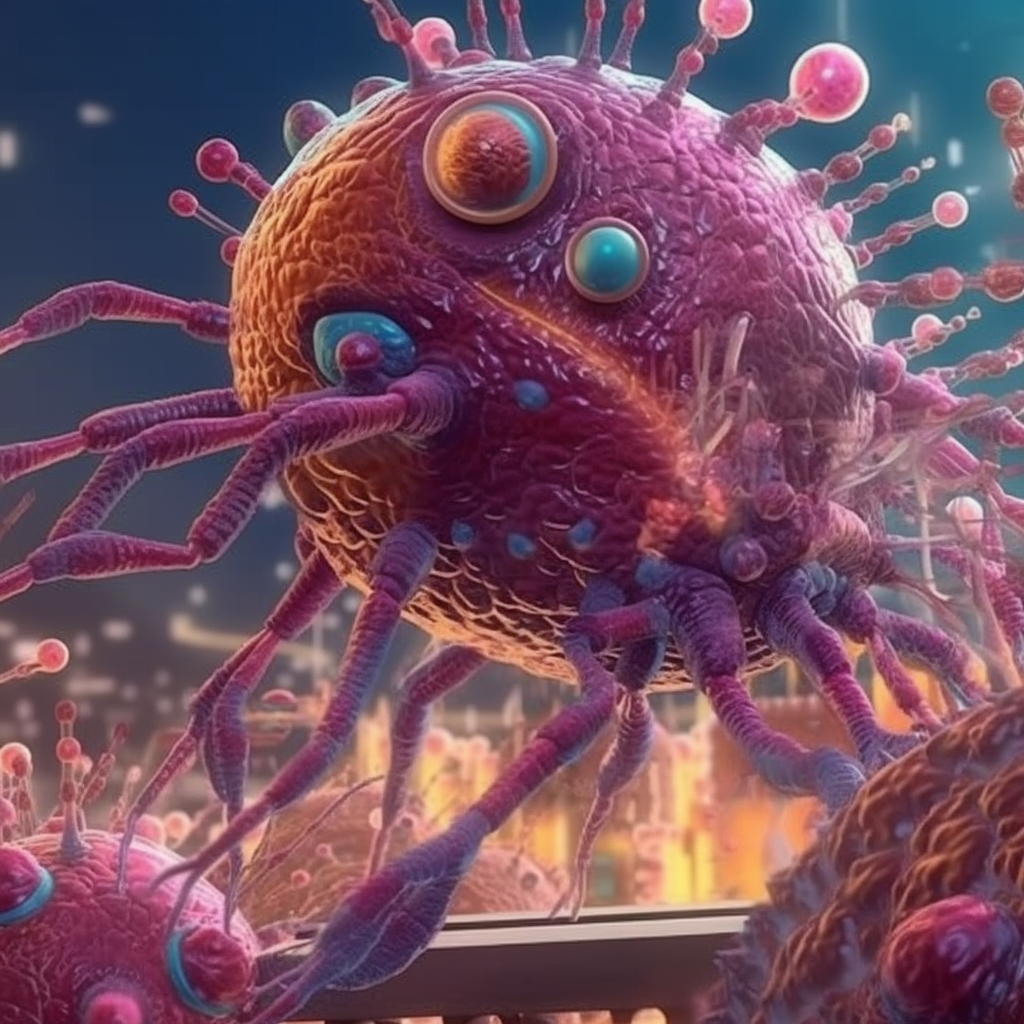Superbugs and the Need for New Antibiotics
The rise of antibiotic-resistant bacteria, known as superbugs, has been a growing concern in recent years. These bacteria have evolved to become resistant to multiple antibiotics, making them difficult to treat and potentially deadly. In the face of this threat, there is an urgent need for the development of new antibiotics. One promising avenue for this is the use of artificial intelligence (AI) and machine learning to discover new compounds that can combat superbugs.
AI and Machine Learning in Antibiotic Discovery
AI and machine learning have the potential to revolutionize the process of antibiotic discovery. Traditionally, this process has been slow and costly, requiring extensive testing and screening of large numbers of compounds. AI can help to speed up this process by using algorithms to predict which compounds are most likely to be effective against specific bacteria. Machine learning can also help to identify new patterns and relationships in data that may be missed by human researchers.
The Discovery: How AI Identified a Promising Compound
Recently, a team of researchers from MIT used AI to discover a new antibiotic compound, which they named halicin. The researchers trained their AI system on a database of approximately 6,000 compounds that had already been tested for their antibacterial properties. The system was then able to identify halicin as a promising candidate for further testing. The compound was found to be effective against a wide range of antibiotic-resistant bacteria, including some that are considered to be “urgent threats” by the Centers for Disease Control and Prevention.
Testing and Results: Efficacy Against Antibiotic-Resistant Bacteria
In laboratory tests, halicin was found to be effective against a range of bacteria, including those that are resistant to multiple antibiotics. The compound was also tested in mice infected with antibiotic-resistant Acinetobacter baumannii, a bacterial strain that can cause serious infections in humans. In these tests, halicin was able to completely clear the infection in the mice without any apparent side effects. While further testing is needed before halicin can be developed into a new antibiotic for human use, the initial results are promising.
Implications for the Future of Antibiotic Development
The discovery of halicin using AI and machine learning represents a major breakthrough in the field of antibiotic discovery. It demonstrates the potential of these technologies to help us find new antibiotics that can combat the growing threat of superbugs. With the rise of antibiotic resistance, there is an urgent need for new antibiotics that can be developed quickly and effectively. AI and machine learning offer a promising way forward.
Conclusion: The Role of AI in Combating Superbugs
The discovery of halicin using AI and machine learning is a significant step forward in the fight against superbugs. It represents a new approach to antibiotic discovery that is faster, more efficient, and more effective than traditional methods. AI and machine learning have the potential to help us find new antibiotics that can save lives and protect public health. As we continue to face the threat of antibiotic resistance, it is crucial that we explore all possible avenues for developing new antibiotics, and AI and machine learning offer a promising path forward.




